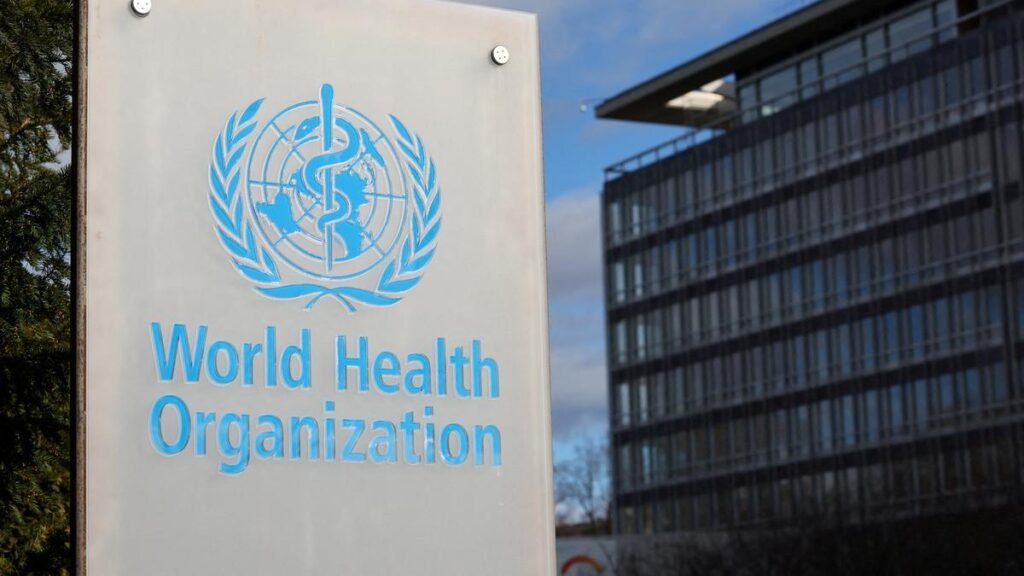Over the past 90 years, at least 25 documented incidents of excipient contamination have resulted in more than 1,300 deaths worldwide, many of them children, the World Health Organization (WHO) and the United Nations Office on Drugs and Crime (UNODC) said in a recent report.
| Photo Credit: Reuters.
Over the past 90 years, at least 25 documented incidents of excipient contamination have resulted in more than 1,300 deaths worldwide, many of them children, the World Health Organization (WHO) and the United Nations Office on Drugs and Crime (UNODC) said in a recent report, which provides critical findings on the persistent and preventable threat of contaminated medicines worldwide.
Excipients are inactive substances used as the vehicle or medium by which to deliver a drug or other active substance to patients.

“Most of the recent cases involve inexpensive oral liquid medicines that can be bought without a prescription. In most cases these medicines were marketed specifically for children and are registered medicines available in pharmacies, medicine stores or informal street markets,’’ the report said, adding that deaths had occurred, and the health of countless patients, predominantly children, had been compromised by the ingestion of medicines with dangerously high levels of toxic chemicals.

Titled ‘Contaminated medicines and integrity of the pharmaceutical excipients supply chain’, the report highlights the contamination of medicines with industrial grade toxic chemicals, notably diethylene glycol (DEG), and ethylene glycol (EG). These substances are used as industrial solvents and antifreeze agents but can cause severe health issues, and be fatal if ingested, even in small amounts, especially for children. They are often illegally substituted for pharmaceutical-grade excipients, including propylene glycol, glycerin, and sorbitol —ingredients used in the formulation of medicines such as cough syrups and paracetamol syrups.

Stating that these incidents often occur due to systemic vulnerabilities in the global supply chain of pharmaceutical excipients, the report adds that they have disproportionately affected people in low- and middle-income countries, where regulatory oversight and access to quality assured medicines may be limited.
Since October 2022, the WHO has issued seven ‘Medical Product Alerts’ concerning multiple batches of contaminated liquid oral medicines, many of which were marketed for paediatric use and exported widely to low- and middle-income countries. The WHO also issued two alerts concerning falsified bulk chemicals masquerading as pharmaceutical-quality excipients.

The report notes that manufacturers of high-risk pharmaceutical grade excipients are not currently subject to regulatory oversight, and there is a lack of control on recycling or reuse of empty drums of pharmaceutical excipients, resulting in the packaging being passed on to third parties for reuse, and the lack of traceability systems used in relation to high-risk excipients.
The report underscores the need for improved regulatory frameworks and enforcement mechanisms, greater transparency and traceability in the excipient supply chain, and stronger collaboration between the health and law enforcement authorities, and the private sector.
Published – July 26, 2025 06:46 pm IST

